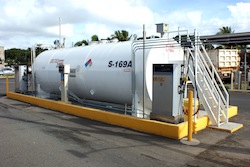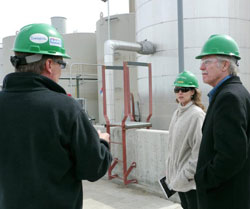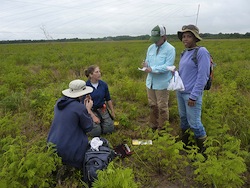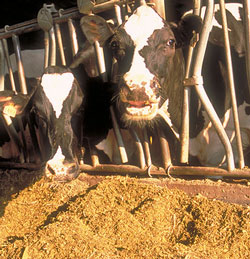 The first of three E85 stations owned and operated by the Navy has opened. The Naval Facilities Engineering Command (NAVFAC) is using the station, located at the Joint Base Pearl Harbor-Hickam (JBPHH) to fuel its fleet of flex-fuel vehicles. Ray Mabus, the Secretary of the Navy, has announced initiatives to reduce petroleum consumption by 50 percent before 2015. In addition, President Obama has called for a 28 percent reduction in greenhouse gases by 2020.
The first of three E85 stations owned and operated by the Navy has opened. The Naval Facilities Engineering Command (NAVFAC) is using the station, located at the Joint Base Pearl Harbor-Hickam (JBPHH) to fuel its fleet of flex-fuel vehicles. Ray Mabus, the Secretary of the Navy, has announced initiatives to reduce petroleum consumption by 50 percent before 2015. In addition, President Obama has called for a 28 percent reduction in greenhouse gases by 2020.
“The addition of this E85 fueling station to our fueling options directly addresses the energy mandates set forth by the Secretary of the Navy and the President,” said Capt. John Coronado, commanding officer, NAVFAC Hawaii. “We have over one thousand E85-capable vehicles at JBPHH that will be able to take full advantage of this station and the two others to be installed.”
It took a bit over a year for the vision to become reality. In September 2010, NAVFAC Engineering Service Center (ESC) awarded a $315,767 contract to the Honolulu office of Innovative Technical Solutions, Inc, to develop and construct the 10,000 gallon, above ground fueling station. With assistance from NAVFAC and a few other departments, the E85 station came online in late March.
The Navy now has two operational E85 stations open for government-use only. They are currently evaluating potential sites for the next two planned flex-fuel stations.


 Oregon Governor John Kitzhaber took a tour of the
Oregon Governor John Kitzhaber took a tour of the 

 On Monday, the EPA announced the approval of the first applications for registration of ethanol to make E15. “Registration of ethanol to make E15 is a significant step toward its production, sale, and use in model year 2001 and newer gasoline-fueled cars and light trucks,”
On Monday, the EPA announced the approval of the first applications for registration of ethanol to make E15. “Registration of ethanol to make E15 is a significant step toward its production, sale, and use in model year 2001 and newer gasoline-fueled cars and light trucks,”  “This announcement strengthens the ethanol industry’s efforts to innovate and continue to deliver domestically-produced and affordable alternatives to foreign oil,” said Tom Buis, CEO of
“This announcement strengthens the ethanol industry’s efforts to innovate and continue to deliver domestically-produced and affordable alternatives to foreign oil,” said Tom Buis, CEO of  With higher gasoline prices in recent months,
With higher gasoline prices in recent months,  More and more fleets and private vehicles these days are being converted to run on propane, adding to the more than 15 million vehicles worldwide now running on autogas – about 200,000 in the U.S., according to
More and more fleets and private vehicles these days are being converted to run on propane, adding to the more than 15 million vehicles worldwide now running on autogas – about 200,000 in the U.S., according to  Sanjeewa Ranathunga was recognized for his research at the recent annual meeting of the Midwest American Dairy Science Association meetings with the Young Dairy Scholars Award.
Sanjeewa Ranathunga was recognized for his research at the recent annual meeting of the Midwest American Dairy Science Association meetings with the Young Dairy Scholars Award. The U.S. Department of Agriculture has
The U.S. Department of Agriculture has  It was 1937 when an estimated 97.2 million acres were planted. This year, the
It was 1937 when an estimated 97.2 million acres were planted. This year, the  One of the most visited sections of the website is the
One of the most visited sections of the website is the